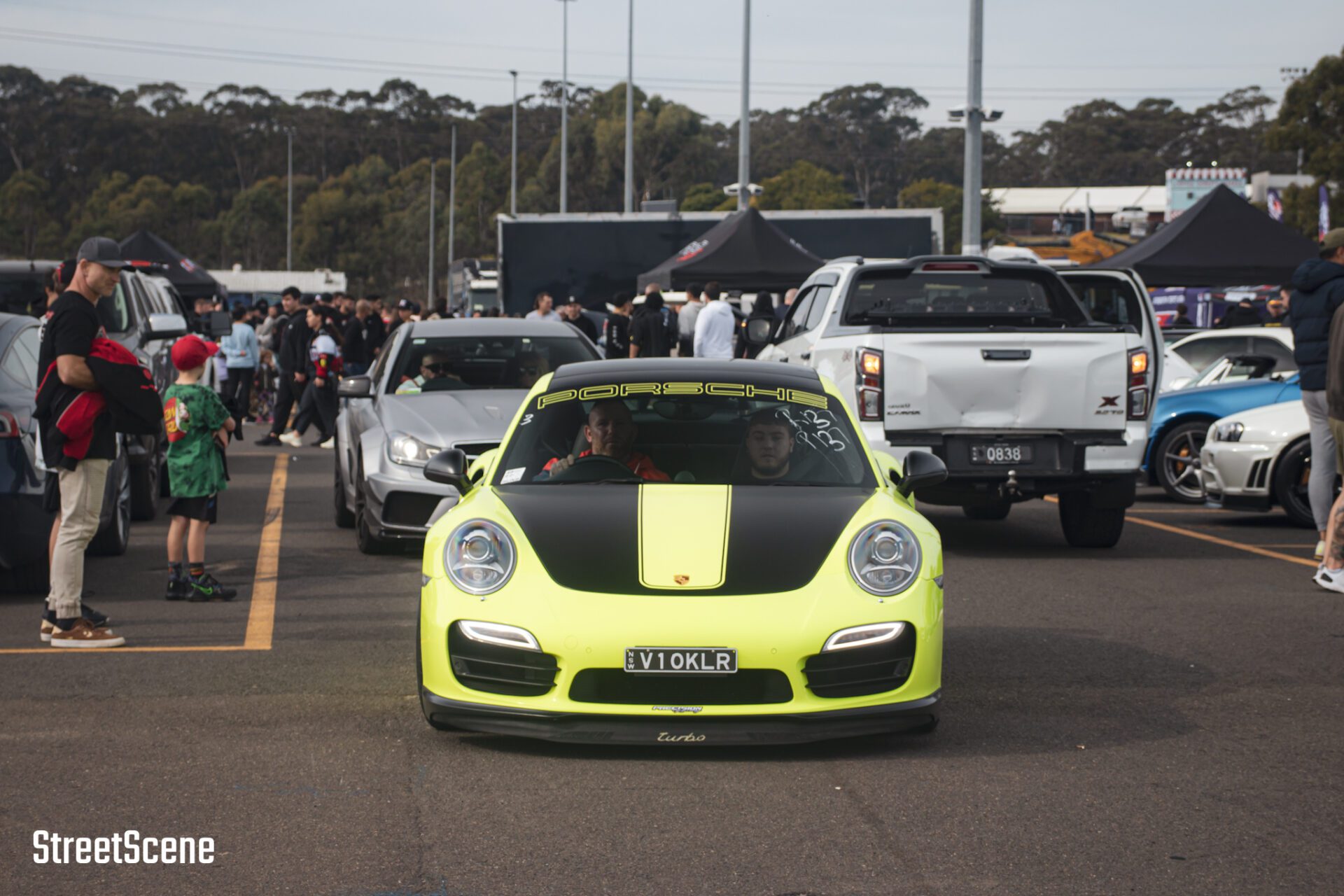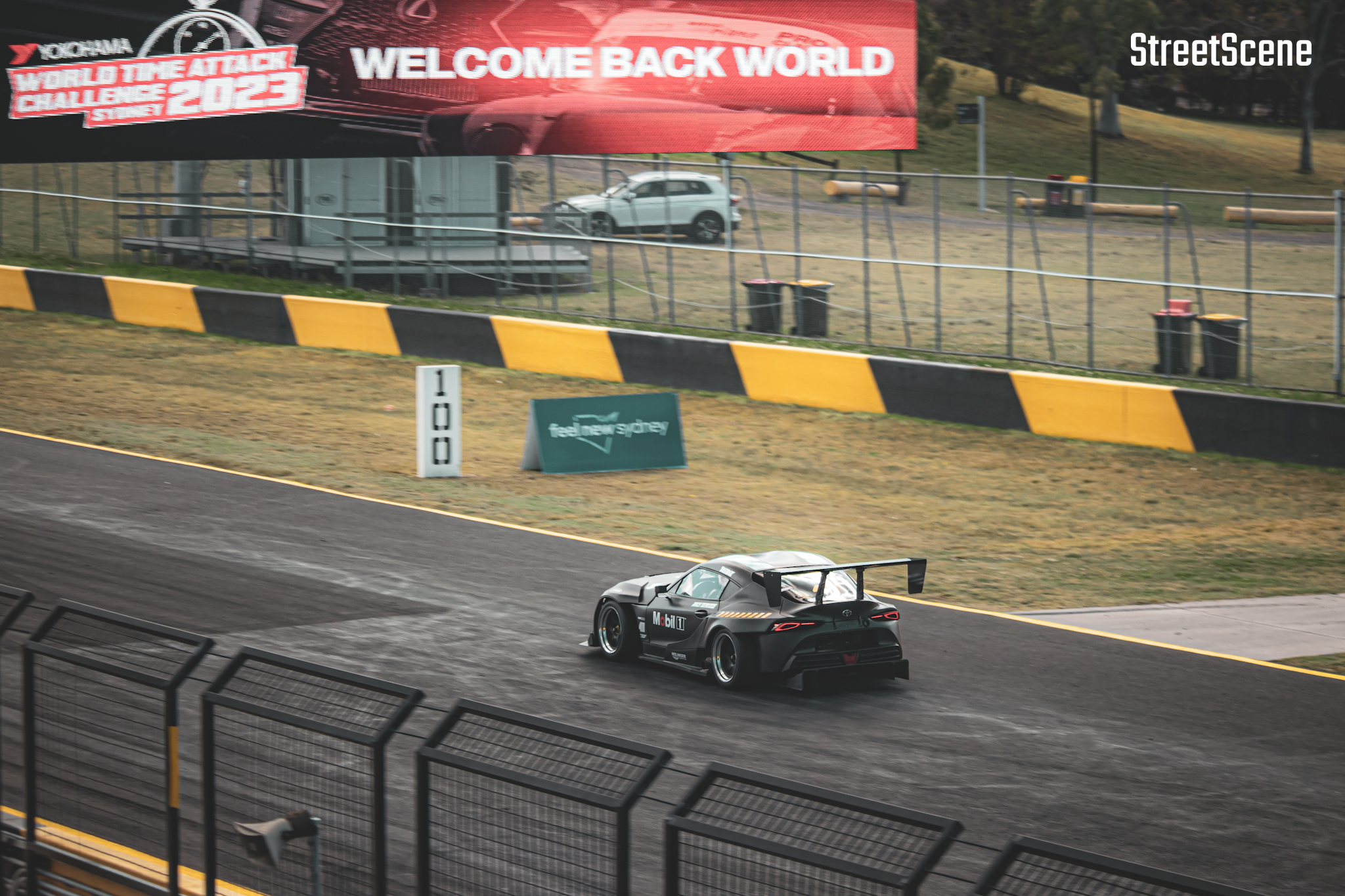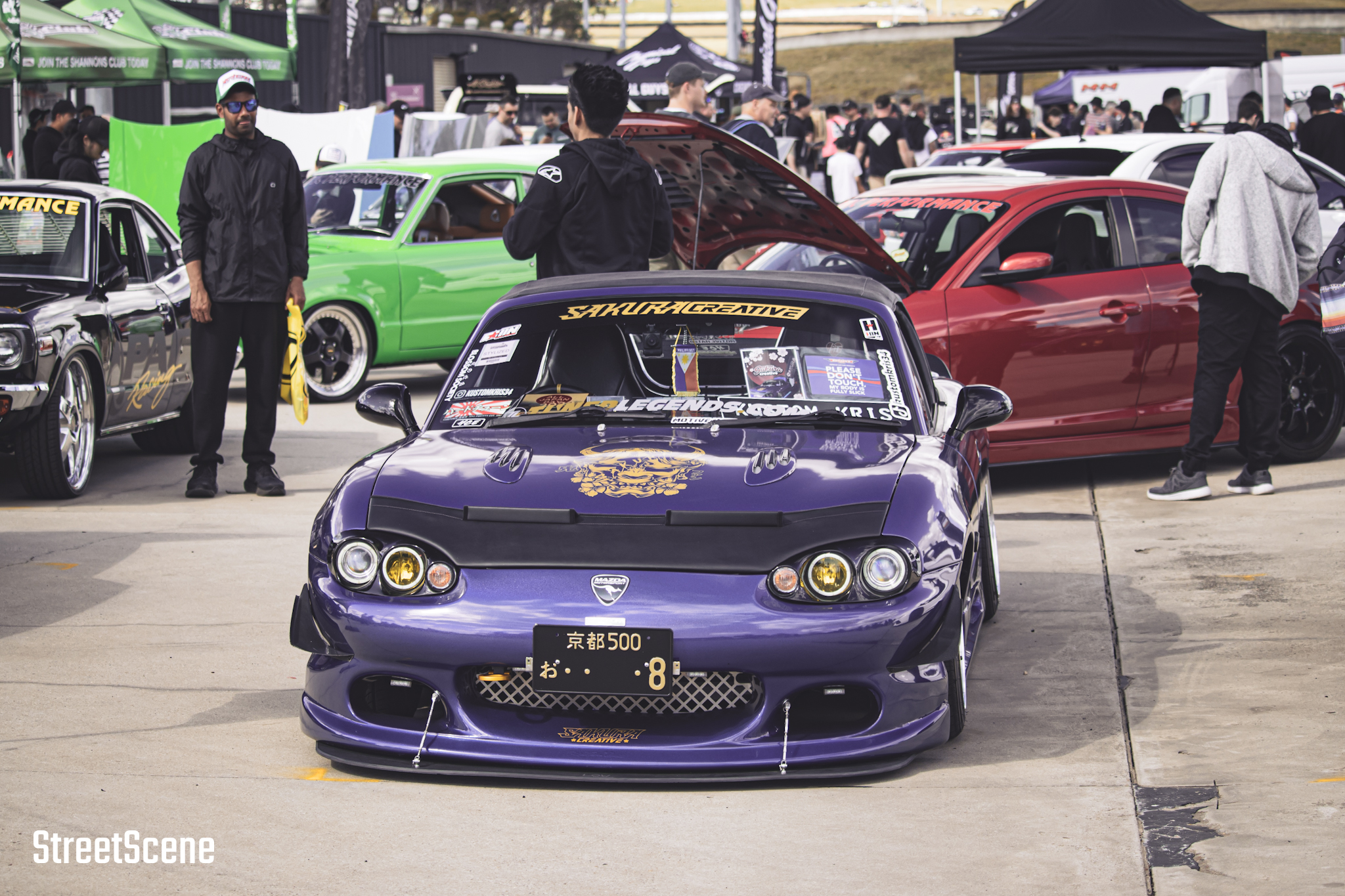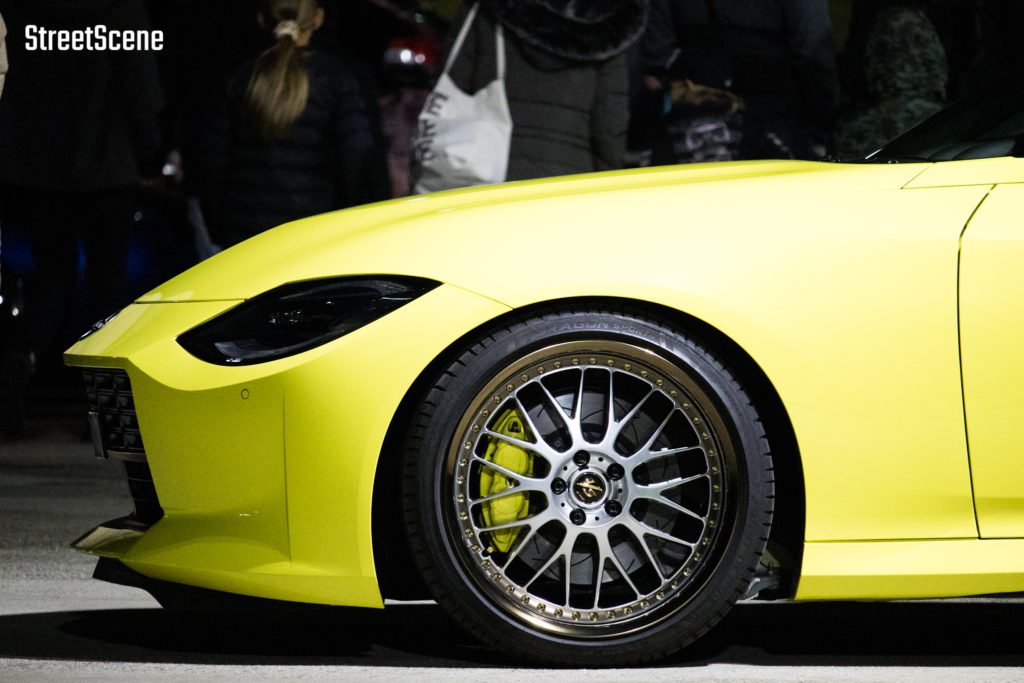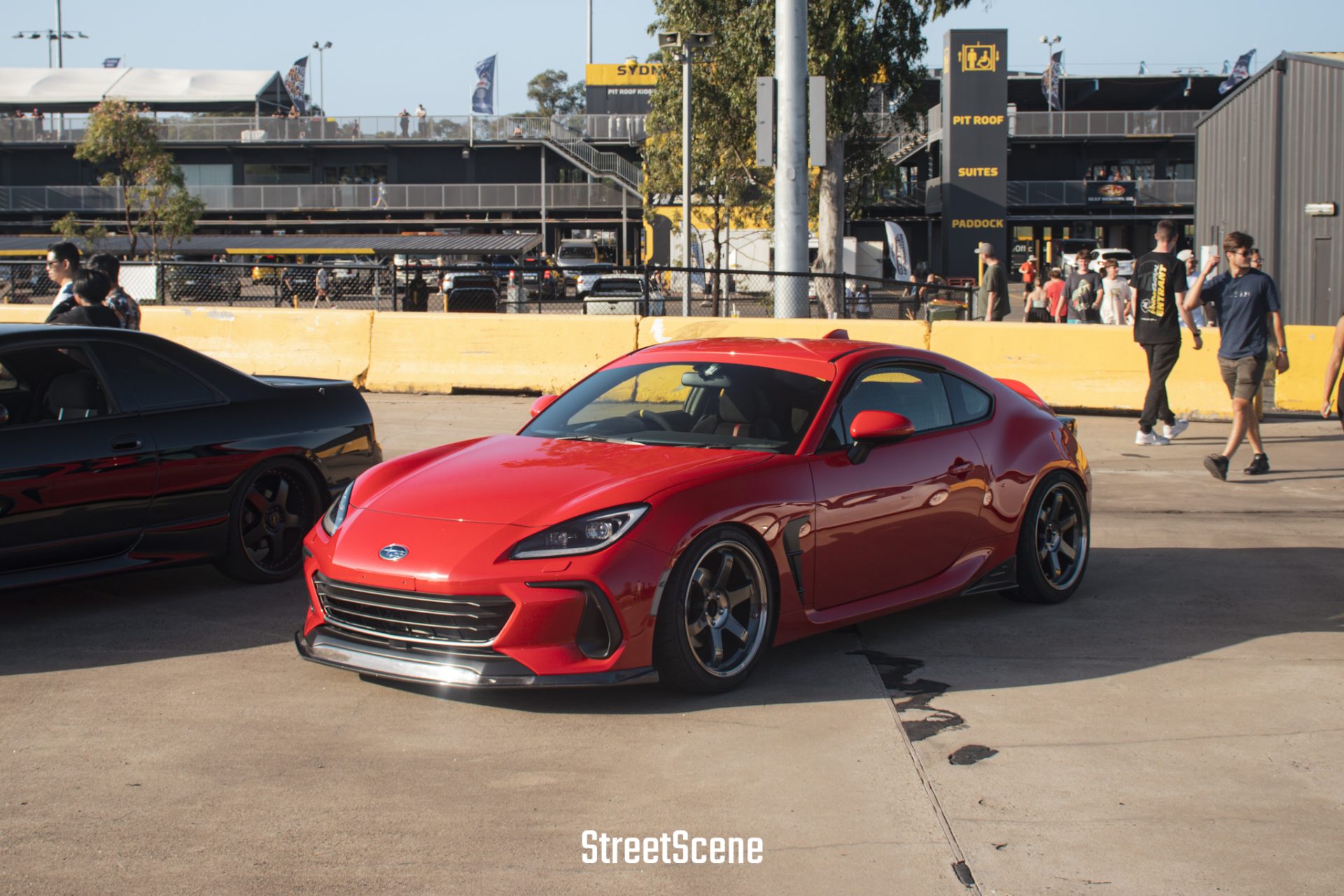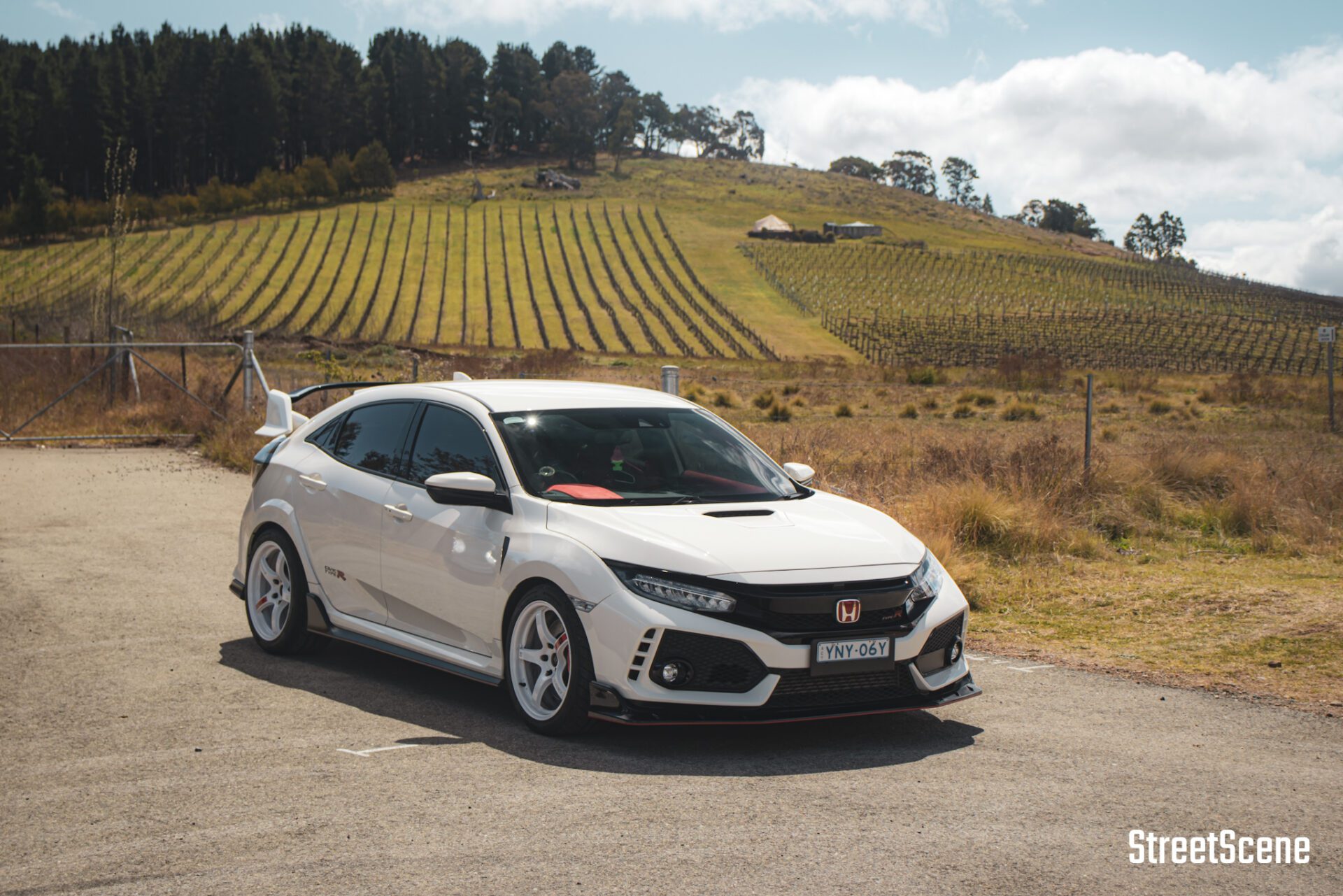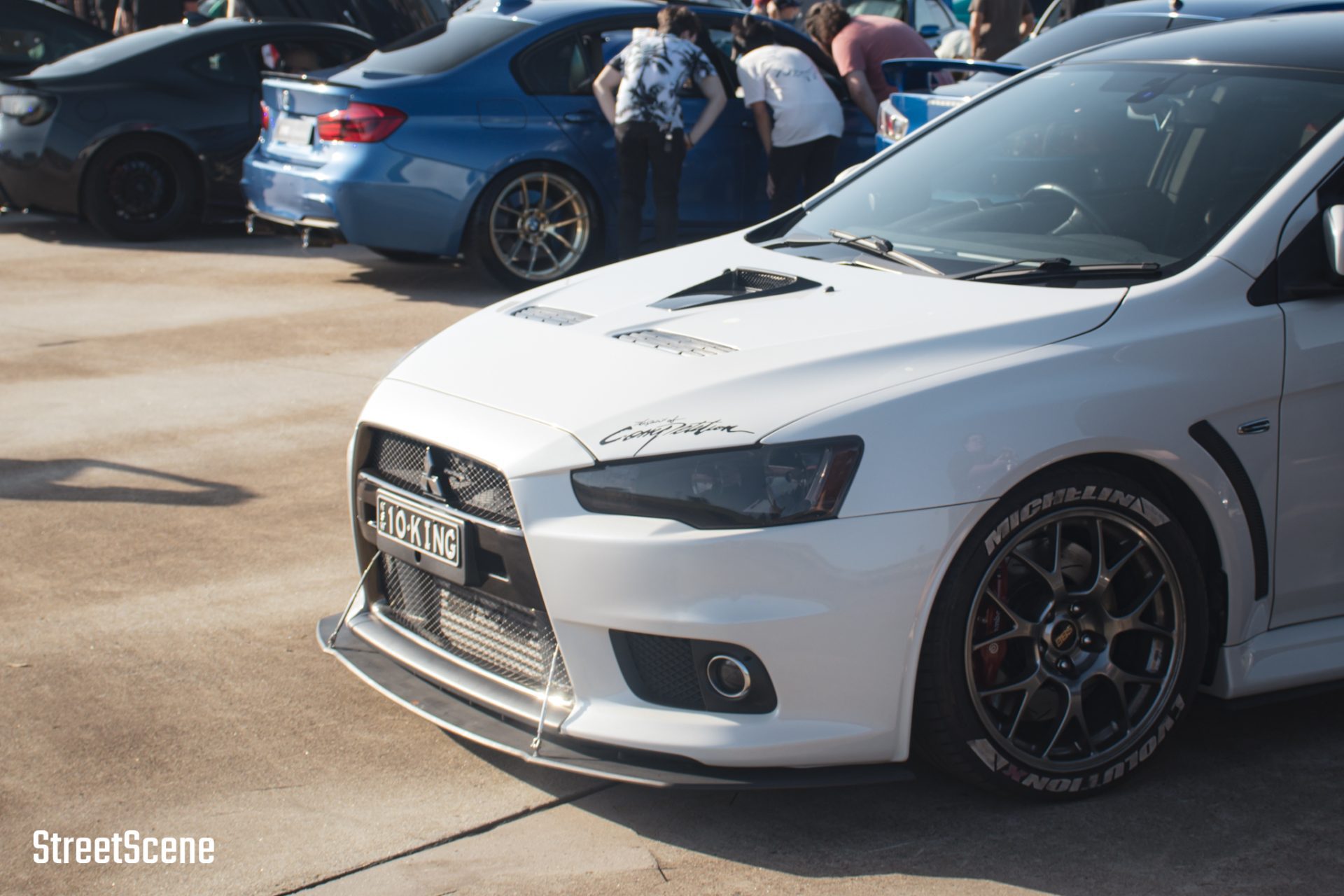Motorsport photography in Australia offers a thrilling blend of speed, colour, and adrenaline. Whether you’re shooting at iconic circuits like Mount Panorama or a local club meet, mastering the craft requires a mix of technical skill, creativity, and a keen understanding of the sport. Here are expert tips tailored for Australian conditions to help you capture stunning motorsport images.
1. Master the Art of Panning
Panning is the essential technique for motorsport photography. By tracking a moving car or bike with your camera at a slow shutter speed, you create dynamic images with a sharp subject and a motion-blurred background, conveying the sensation of speed. Start with a shutter speed around 1/120s and adjust as you gain confidence—some pros go as low as 1/60s or even slower for more dramatic blur. The key is smooth movement: plant your feet, rotate at the hips, and follow through as if swinging a golf club. Practice is crucial, so don’t get discouraged by early misses.
2. Camera Settings: Find the Right Balance
- Shutter Speed: For panning, use 1/60–1/125s. For freezing action, especially head-on shots, go up to 1/1600s or faster.
- Aperture: A wide aperture (f/2.8–f/4) helps isolate your subject with a blurred background, but if you’re shooting in bright conditions or with slow shutter speeds, you may need to stop down (f/8–f/16) to avoid overexposure.
- ISO: Australian daylight is often intense, so keep ISO low (100–400). For dusk or night events, increase ISO as needed.
- Autofocus: Use continuous autofocus (AF-C/AI Servo) to track fast-moving vehicles and increase your hit rate.
- Burst Mode: Enable high-speed burst to maximise your chances of nailing the perfect moment, especially in unpredictable racing scenarios.
3. Composition: Tell a Story
- Rule of Thirds: Frame your shots to give cars “space to move” within the image, enhancing the sense of motion.
- Leading Lines: Use track edges, barriers, or grandstands to guide the viewer’s eye through the frame.
- Angles and Perspectives: Move around the circuit to find unique vantage points—try shooting from low angles, over crests, or at corner apexes for variety.
- Creative Techniques: Experiment with dutch tilts or head-on shots to hide the wheels and create a sense of speed, especially for open-wheelers and bikes.
4. Preparation and Trackside Tips
- Scout Locations: Arrive early to explore the circuit and find unobstructed views. General admission areas often offer surprising angles, especially at Australian tracks with elevation changes.
- Light and Weather: Shoot with the sun behind you for well-lit subjects, but don’t shy away from backlight or shadows for artistic effect.
- White Balance: Set to sunny or cloudy based on conditions for accurate colours.
- Focus Point: Use single-point autofocus and aim for the helmet or driver’s face for maximum impact.
5. Safety and Etiquette
- Always follow trackside safety rules and stay behind barriers.
- Watch how professionals position themselves and be alert to on-track action.
- Respect marshals, officials, and fellow photographers.
6. Gear Recommendations
- Lenses: A fast telephoto lens (70–200mm f/2.8 or longer) is ideal for most circuits. Bring the longest lens you can, especially for large tracks like Albert Park.
- Support: A monopod provides stability without restricting movement, making it preferable to a tripod for panning shots.
- Accessories: Pack spare batteries, memory cards, and a lens cloth to deal with dust or rain.
7. Practice and Develop Your Style
The best way to improve is to shoot as much as possible at different events. Experiment with techniques, review your results, and refine your approach. Over time, you’ll develop a unique style that stands out in the vibrant Australian motorsport scene.
Motorsport photography is as much about anticipation and storytelling as it is about technical proficiency. With patience, practice, and a passion for speed, you’ll soon be capturing images that do justice to the excitement of racing down under.
